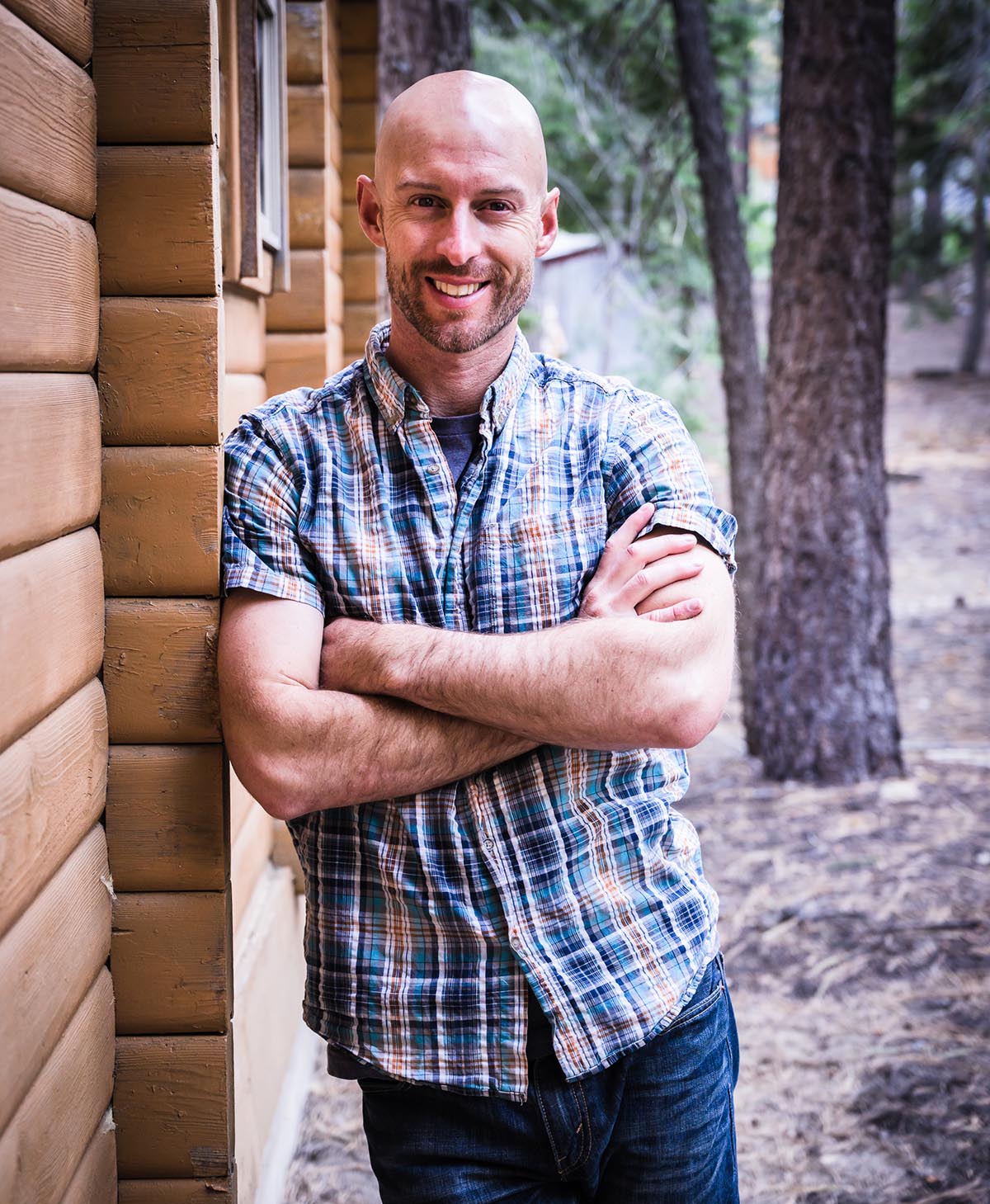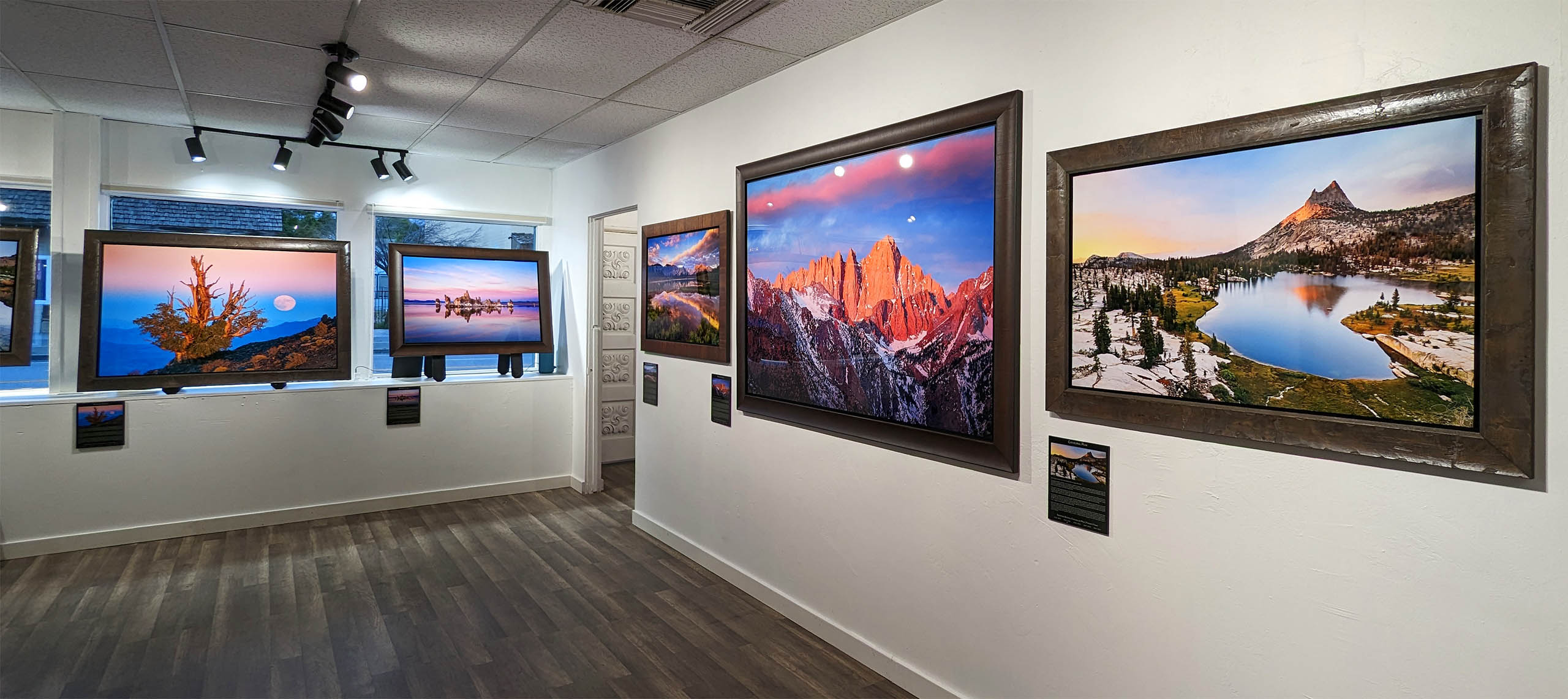Thanks for enrolling in this class. Please bookmark this page for easy reference. You can find all the class info below.
The full moon is one of the most breathtaking sights in the sky, and yet capturing interesting photos of it is a surprisingly difficult challenge. In this fun and exciting landscape photography class you will learn how to overcome the major challenges of shooting the moon so that you can create truly stunning and one-of-a-kind photographs.
This class is comprised of field excursions, classroom sessions, and processing sessions. In the classroom we will learn everything that goes into making beautiful moon photographs, including the required gear, using the PhotoPills App, artistic and technical approaches to shooting the moon, understanding the moon’s motion, planning the shot, problem solving, and best practices. We will work together as a group to plan our shots, then go into the field to bring them to life!
During the class we will have at least two opportunities to photograph the moon in alignment with the wonderful natural features of the area, such as Mt Whitney, Mt Leconte, Mt Williamson, and/or the rock towers of the Alabama Hills. Our shoots will take place around sunrise and sunset, allowing us fantastic opportunities for landscape photography in addition to shooting the moon. The lunar eclipse shoot will take place at night.
The classroom and post processing sessions for this class take place at The Mt Whitney Gallery in downtown Lone Pine, California.
This class is aimed at any photographer who wants to become confident creating beautiful photographs of the moon.
This is a low physicality workshop, with 5-15 minute walks to reach our shooting locations, mostly over level ground.
That being said, there may be some short descents and climbs, the ground is soft and uneven in places, and there may be some rocks to walk over or step up onto. For some shoots we may be at elevations up to 11,000 feet (but with minimal walking).
Weather in the Eastern Sierra is unpredictable. Expect warm days and cool mornings and evenings.
Due to variable conditions, I recommend bringing multiple layers of non-cotton clothing, like Merino wool, fleece, or synthetic fibers. Specifically you should bring:
Although we hope for clear skies, clouds can appear at any moment. There is a reason the PhotoPills motto is “Plan and Pray.” Or, as I always say: keep your expectations low and your hopes high.
We will spend the first two days of the class learning all about planning moon photos, as well going out for practice sessions to dial in the camera settings and approach you need to get high quality moon images. The workshop will culminate with an exciting shoot of the full moon setting over Mt Whitney, an absolutely gorgeous mountain and the highest point in the contiguous 48 states.
Day 1
Arrive at the Whitney Gallery a little after lunch.
Day 2
Day 3
* times are approximate and will be specified in advance of the class
This photography workshop meets in Lone Pine, California, 3-4 hours north of Los Angeles, 4 hours west of Las Vegas, or 1 hour south of Bishop. The class location is:
The Mt Whitney Gallery
126 N Main Street
Lone Pine, CA 93545
You are responsible for your own transportation during this class, but we will organize carpools for the excursions. I recommend bringing an SUV if you have one as we will be driving on some dirt roads with few bumps.
Lodging and meals are up to you. Lone Pine has a wide array of dining and lodging options, from inexpensive to high end. There is lots of camping in the area. Please let us know if you need lodging suggestions.
Payments are refundable up to two weeks before the workshop, less a $100 administrative fee.
If we cancel this workshop due to unforeseen circumstances, we will refund your tuition or transfer it to another class.
We make no guarantees regarding clouds, clear skies, rain, sun, or moon visibility. No refunds will be given in the event weather prevents us from photographing the moon.
We do not currently have any COVID-19 requirements. That being said, if you feel sick before the class, please stay home and let us know. We will transfer your registration to another class of your choosing.
This policy will be updated as CDC, WHO, Federal, and state guidelines change.
Please download and sign this form, and bring it with you to the initial meeting. You can also email us a digital signed copy.
During this workshop we may take behind the scenes photos and videos of the participants. These photos are used to share among the group, as well as for promotional purposes on our website or other marketing materials. If you would prefer to not have your image appear in these materials, please let us know.

Joshua Cripps is a renowned landscape photographer who has garnered worldwide acclaim for his breathtaking images of our planet’s wild places. His photos have been published by the likes of National Geographic, NASA, CNN, BBC, and Nikon Global.

The Mt. Whitney Gallery was founded in 2023 by Joshua Cripps as a way to share his passion stunning landscapes of the Sierra Nevada and beyond.
Set at the foot of the breathtaking Sierra with a view of the range’s highest peaks, the gallery features large format, museum-caliber fine art prints of Josh’s signature photographs.
Course Login | Results Disclaimer | Terms and Conditions | Privacy Policy
© Copyright – Joshua Cripps Photography
